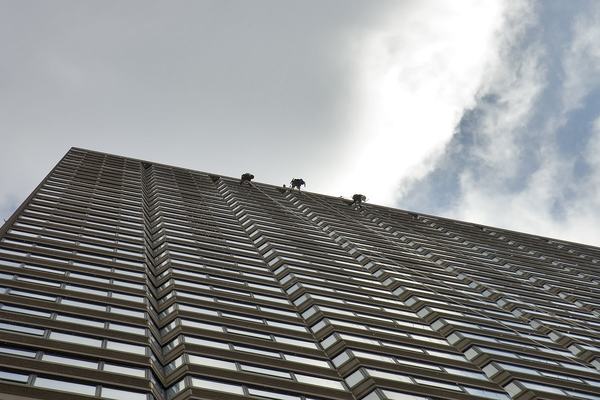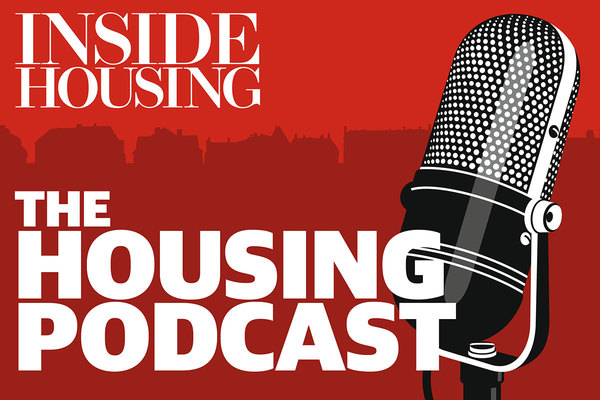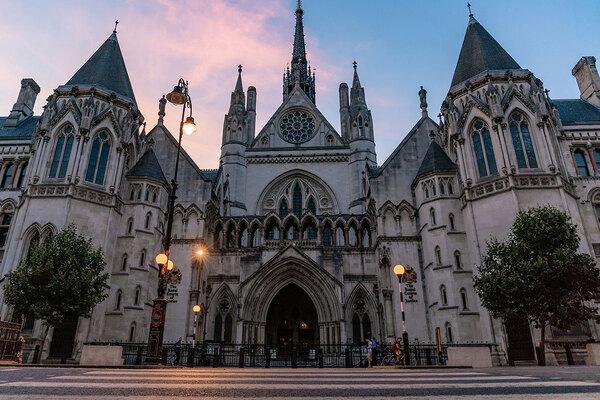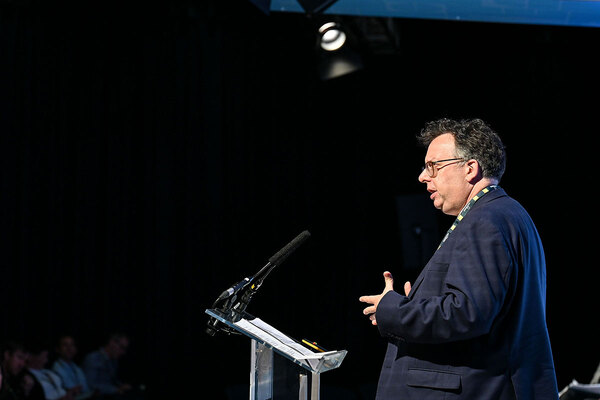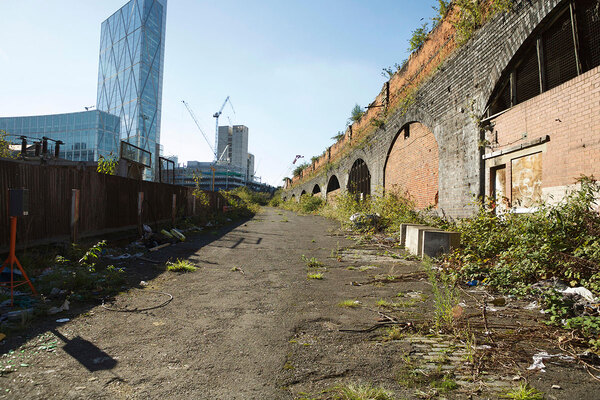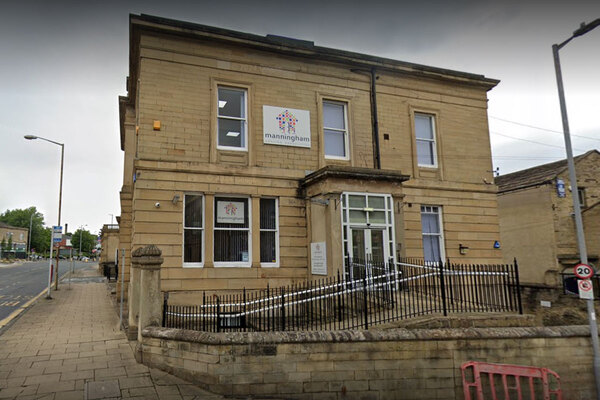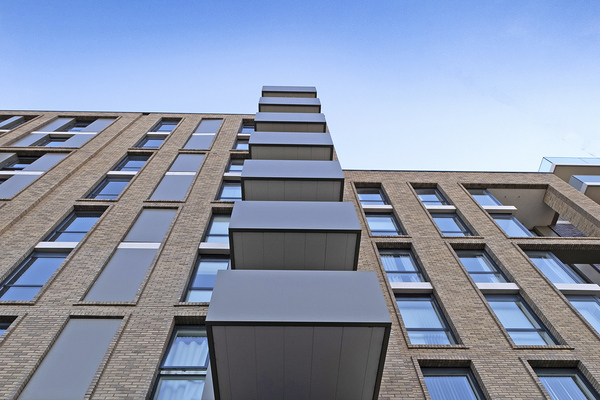You are viewing 1 of your 1 free articles
Government edits controversial building regulations paragraph
The government has edited a paragraph of its building regulations guidance to support its own argument about the legality of Grenfell-style cladding.
In an update to Approved Document B on Friday, the government added a new definition of the term ‘filler’, a word that has been central to the debate on cladding regulation.
Aluminium composite material (ACM) cladding, like the kind used on Grenfell Tower, is made up of two sheets of aluminium on either side of a core material.
In 2017, flames spread via the highly flammable polyethylene core of Grenfell’s cladding, wrapping the building in flames and killing 72 people.
Eight days after the fire, the Ministry of Housing, Communities and Local Government (MHCLG) wrote to social landlords pointing to a paragraph in its official guidance requiring that “filler material” be of limited combustibility.
Melanie Dawes, permanent secretary at MHCLG, claimed that the polyethylene core was a filler material and that it therefore fell under this requirement.
Numerous experts, however, including Dr Barbara Lane, expert witness to the Grenfell Tower Inquiry, have rejected this interpretation, finding instead that the lower standard of Class 0 was required.
In its update to Approved Document B on Friday, MHCLG referred to “filler material (such as the core materials of metal composite panels, sandwich panels and window spandrel panels but not including gaskets, sealants and similar)”.
It said that this material should be of limited combustibility, meaning that section is now unambiguous in its restriction of the core materials used in ACM cladding.
These materials are prohibited on high-rise residential buildings anyway under the government’s ban on combustible materials, but this change would apply to buildings above 18m not covered by the ban.
An MHCLG spokesperson said: “This refreshed text provides clear guidance for building owners to ensure they meet our regulations so there is no misunderstanding of their responsibility for residents’ safety.”
In a circular letter to local authorities and other building control bodies about the new version of Approved Document B, MHCLG said: “Approved Document B has been redrafted to clarify its language and content in line with the department’s style guide for approved documents.
“There are no changes to the technical guidance within Approved Document B.”
Inside Housing has asked MHCLG whether it considers the inclusion of a new definition of the disputed term ‘filler’ as a material change to the guidance.


